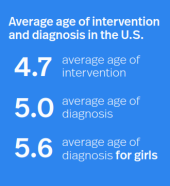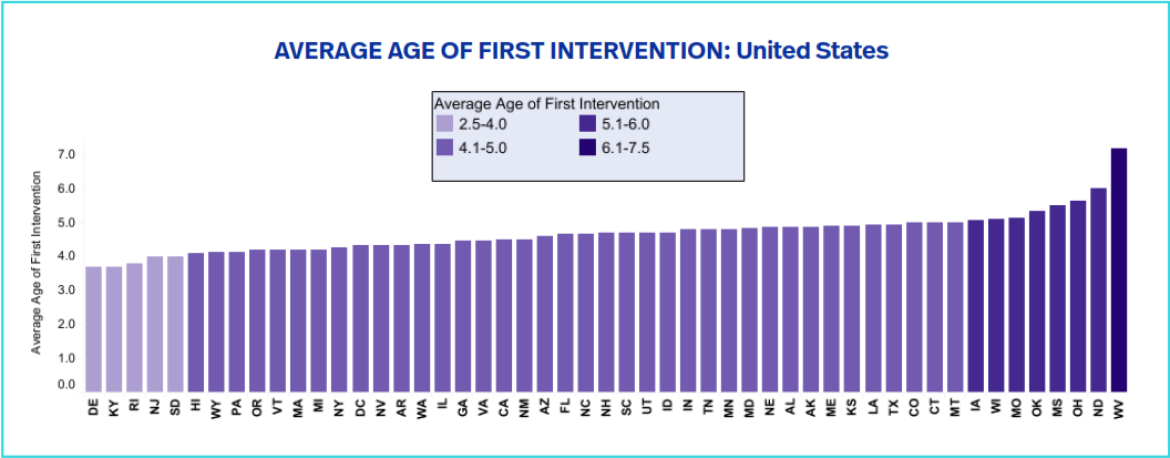Uncertainty is a major theme of The Politics of Autism. In the concluding section, I write:
A key question in autism policy evaluation is simple to pose, hard to answer: How do autistic people benefit? How much better off are they as a result of government action? While there are studies of the short-term impact of various therapies, there is surprisingly little research about the long term, which is really what autistic people and their families care about. As we saw in chapter 4, few studies have focused on the educational attainment of autistic youths. For instance, we do not know much about what happens to them in high school, apart from the kinds of classes that they take. One study searched the autism literature from 1950 through 2011 and found just 13 rigorous peer reviewed studies evaluating psychosocial interventions for autistic adults. The effects of were largely positive, though the main finding of the review is that there is a need for further development and evaluation of treatments for adults.
Autism by the Numbers, created by Autism Speaks in collaboration with the National Autism Data Center at Drexel University, has the potential to transform the way we understand and meet the needs of autistic individuals and their families. This central, authoritative hub of reliable data about people with autism will allow insight into the strengths and weaknesses of systems that exist to improve health, education, employment and advocacy. The Autism by the Numbers Annual Report and Dashboard can also be used to support the creation of precision public health programs specific to the diverse needs of the autistic community.
Autism by the Numbers data also show variation between states in access to diagnosis and early intervention.
- Average age of first intervention ranges from 3.7 to 7.2 years of age across states.
- Average age of diagnosis ranges from 3.6 years to 7.6 years across states.
- Delaware and Kentucky have the youngest age of first intervention, at 3.7 years in each state.
- Oklahoma (5.3 years), Mississippi (5.5 years), Ohio (5.6 years), North Dakota (6.0 years) and West Virginia (7.2 years) show an average age of intervention above the national average, indicating a possible need to improve screening processes or access to intervention services.
More in-depth research is needed to understand why some states are able to effectively screen for ASD and provide early intervention services, while others experience significant delays in care.

